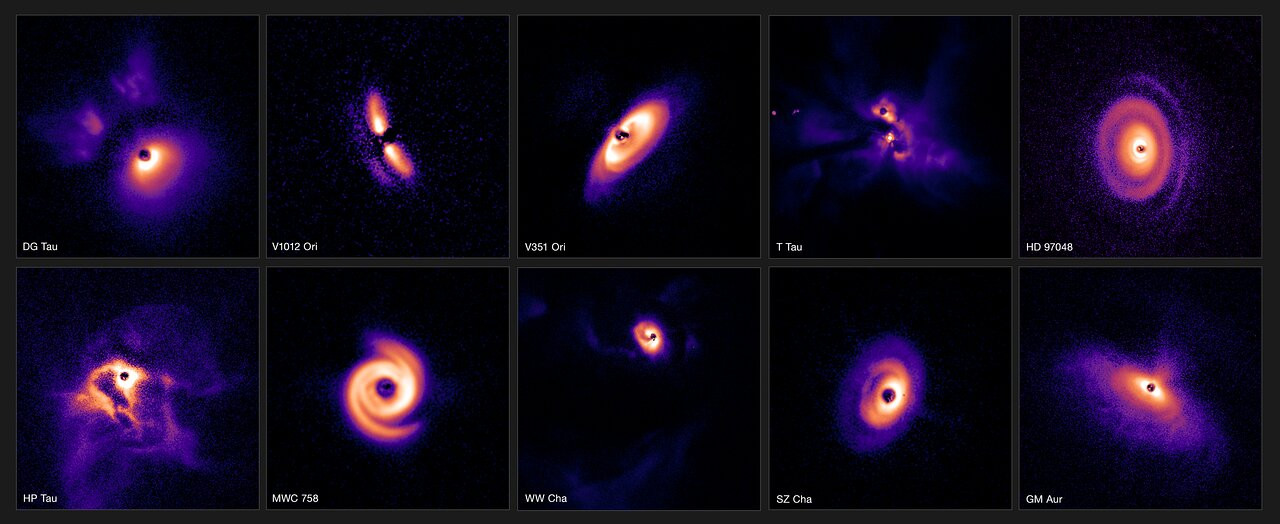-
Courses

Courses
Choosing a course is one of the most important decisions you'll ever make! View our courses and see what our students and lecturers have to say about the courses you are interested in at the links below.
-
University Life

University Life
Each year more than 4,000 choose University of Galway as their University of choice. Find out what life at University of Galway is all about here.
-
About University of Galway

About University of Galway
Since 1845, University of Galway has been sharing the highest quality teaching and research with Ireland and the world. Find out what makes our University so special – from our distinguished history to the latest news and campus developments.
-
Colleges & Schools

Colleges & Schools
University of Galway has earned international recognition as a research-led university with a commitment to top quality teaching across a range of key areas of expertise.
-
Research & Innovation

Research & Innovation
University of Galway’s vibrant research community take on some of the most pressing challenges of our times.
-
Business & Industry

Guiding Breakthrough Research at University of Galway
We explore and facilitate commercial opportunities for the research community at University of Galway, as well as facilitating industry partnership.
-
Alumni & Friends

Alumni & Friends
There are 128,000 University of Galway alumni worldwide. Stay connected to your alumni community! Join our social networks and update your details online.
-
Community Engagement

Community Engagement
At University of Galway, we believe that the best learning takes place when you apply what you learn in a real world context. That's why many of our courses include work placements or community projects.
News
Groundbreaking survey reveals secrets of planet birth around dozens of stars
While astronomers have discovered many thousand planets around distant stars, they have yet to find a system that closely resembles our own solar system, with rocky planets in the habitable zone and large gas giants in the outer system. The systems that were found instead show an enormous diversity, with rocky planets on orbits that takes them all the way around their star in only a few days, or super-Jupiters that are so far away from the system center that one orbit takes them hundreds of years.
One major field in modern astronomy is to try and figure out why so many different planetary systems form around stars. The answer to that tells us how common systems like our own solar system are in the Galaxy, a key question toward our understanding how much life might be out there.
Using the largest ground based telescopes from the European Southern Observatory in Chile astronomers at the Centre for Astronomy in Galway are imaging the birth places of planets around young stars. These are huge dust and gas rich disks. Recently a large survey of such planet-forming disks was completed and published in a series of three scientific papers in the journal Astronomy & Astrophysics. This survey program was lead by Dr. Christian Ginski from the Centre for Astronomy. Hear Dr. Ginski talk about the survey results here. These exciting new results were also featured by a press release of the European Southern Observatory as well as in the Irish national news at 6.
By studying the birth places of planets we can find out how planets begin to form and what influences the formation of planetary systems.

These are images of dusty disks around young stars that are hundreds of light years away from Earth. These disks are seen in near-infrared light. Beautiful ring and spiral structures indicate that planets have already started forming. These disks are 10s to 100s of astronomical units in diameter, but so far away from us that they are only as large as a pint glass in Galway as seen from the nearby town of Tuam some 40 km away (image credit: ESO/C. Ginski).















